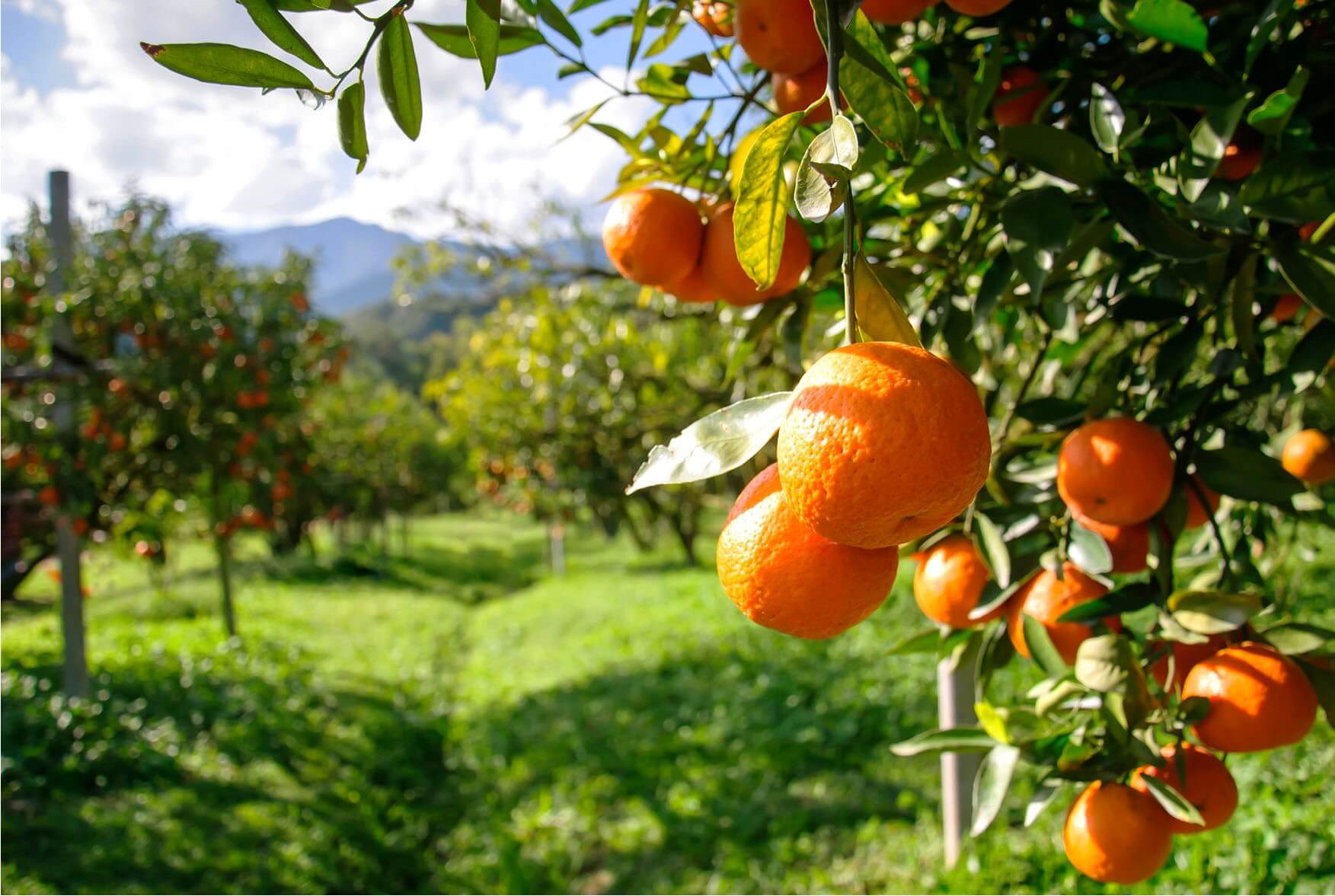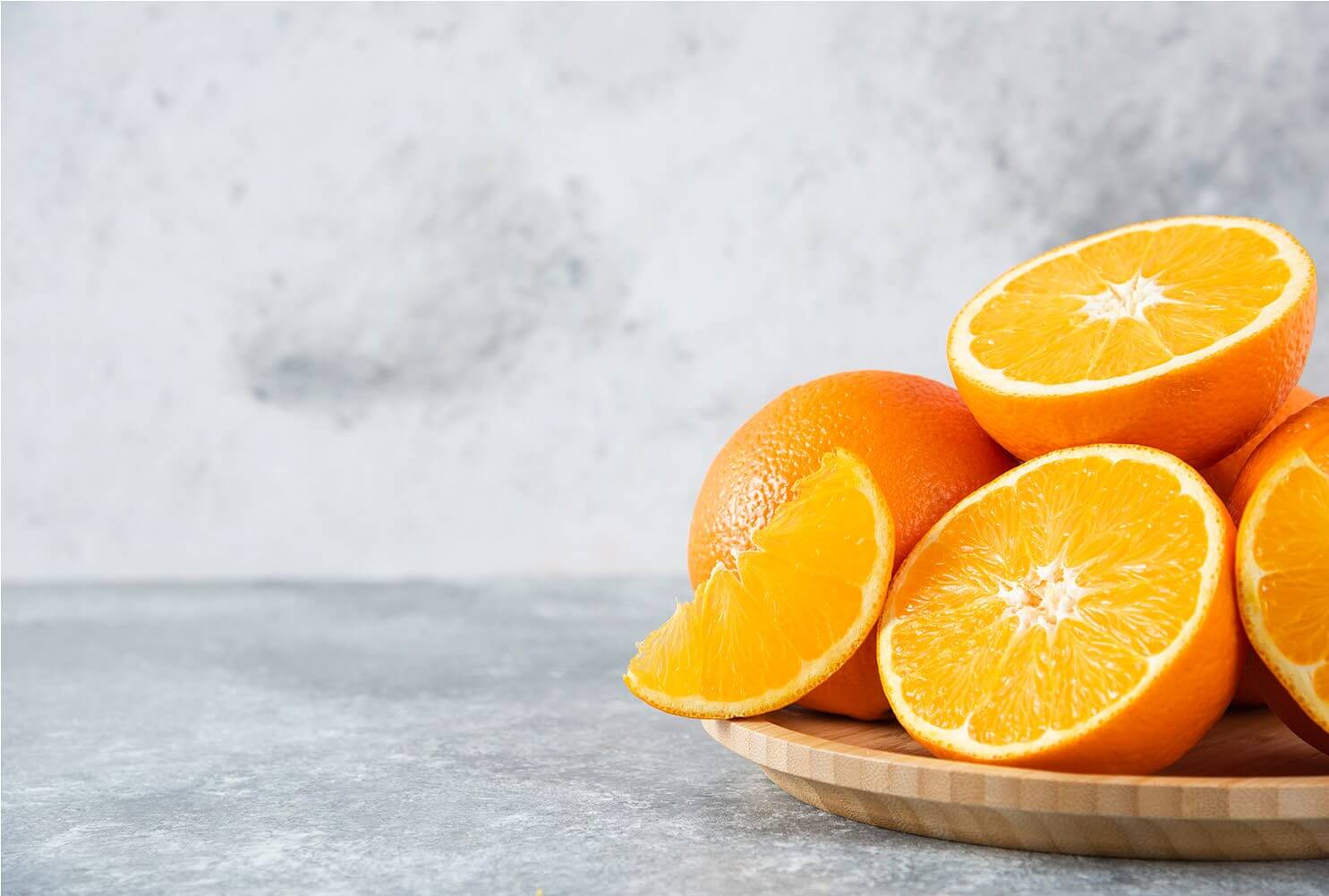Florida:
The USDA’s current forecast on Florida’s 2021/22 orange crop is 44.5 million boxes, down 1.5 million boxes from the month before. If realized, this will be 16% lower than last season’s final production.
The forecast for non-Valencia production has been lowered by half a million boxes to 17.5 million boxes. Final fruit size is close to the minimum, requiring 326 pieces to fill a 90lb box. Final droppage of non-Valencia oranges (excluding Navels) at 39% is close to the maximum. The Navel forecast, included in the non-Valencia forecast, is unchanged at 450,000 boxes. The forecast for Valencia production has been lowered by 1 million boxes from the previous forecast to 27 million boxes. The fruit size is projected to be close to the minimum at harvest while the current droppage is above average and projected to be above average at harvest.


